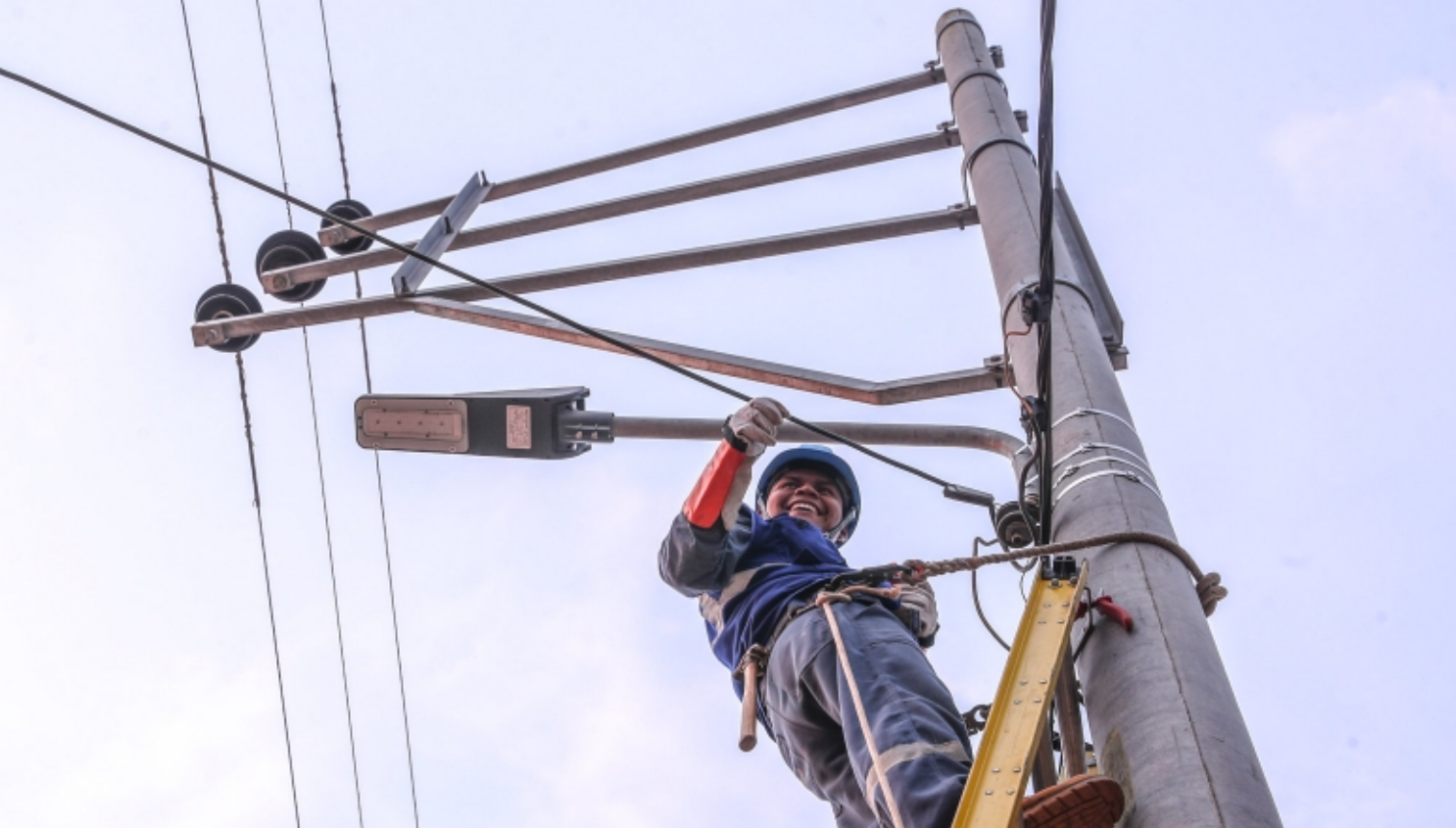As the sun sets across the globe, billions of humans in rural districts are compelled to stop living their lives not by choice but rather due to the lack of electricity. While urban cities have opportunities to innovate and develop, rural communities typically find themselves in utter darkness. In rural areas you usually have limited access to light, clean cooking, healthcare, and digital tools.
Rural electrification is not just the process of switching on a light but about creating opportunities, improving livelihoods, and enhancing overall economic development in some of the most vulnerable places in the world.
The Electrification Challenge: More Than Just Infrastructure
There is more than one barrier to rural electrification, and each barrier can be considered within the context of geographical, economic, or institutional factors.
- Geographical Accessibility: Many rural areas are difficult to access due to mountains, forests, rivers, and vast distances from urban hubs. This makes national grid extension both time-consuming and costly
- Sparse Population: a lot of inhabitants in the rural areas are sparsely distributed, this makes the return on investment of the utility companies to be low, private investors prefer to stay away from these kinds of projects, given that they do not see economic gain, so it is up to the governments or NGOs to fill the gap.
- Policy and Institutions Gaps: A lack of clarity in rural electrification frameworks, conflicting authority across agencies, and conflicting government policies are likely to result in projects stuck in bureaucratic limbo for years.
- Affordability and Literacy: There is also the issue of affordability, even when power does reach rural communities many households are unable to pay for connection cost or monthly bills, leading to a mismatch between supply and actual usage. Most rural households also lack the energy literacy to productively use that power that is available to them.
The Rise of Off-Grid and Mini-Grid Solutions
Technological innovation presents an emerging way of enhanced energy access in rural areas through the deployment of off-grid and mini-grid systems powered by renewable sources such as solar, wind, and small hydro.
Essentially, these are decentralized and do not rely on the national grid, and as a result, these systems are able to reach communities in remoteness or in ignored locations. Solar home systems supplying energy for lights, radios, and mobile phones have improved life for people, as seen by the ability to change lives in nations such as Kenya, India, and Bangladesh.
With the use of solar mini-grids, communities have had the opportunity to develop scalable and locally driven loads for entire villages that deliver to health facilities, educational institutions, and support small businesses. Recent advances in energy storage offer portable forms of usable energy and solar panels and batteries continue to decrease in price ultimately leading to affordable, viable energy technologies on a larger scale.
Case Study: Lighting Up Gbamu Gbamu, Nigeria

In Nigeria, there’s an ongoing program to help villages go off-grid so they can live with electricity. For example, a solar mini-grid project has provided reliable electricity for more than 200 households and businesses in Gbamu Gbamu, a rural community in Ogun State, Nigeria.
Previously, the community used kerosene lamps and diesel generators for electricity but now that they have access to more affordable and clean energy, families can now give future generations a safer lighting option, schools can integrate digital learning into the curriculum, health clinics can store vaccines without fear of spoiling from insufficient refrigerator conditions, and producers have the ability to work longer hours to create more income. This is only one example of how rural electrification may facilitate community development and improve the quality of life.
What’s Needed for the Future?
While technology plays a pivotal role, rural electrification’s success ultimately hinges on a combination of:
- Innovative Financing Models: Pay-as-you-go systems and mobile money platforms can mirror rural income patterns and reduce upfront costs.
- Smart Policies and Public-Private Collaboration: Governments must create enabling environments for private sector participation, including subsidies, tax incentives, and streamlined regulations.
- Community Empowerment and Education: Electrification should go together with training on how to use energy for income generation, e.g., running irrigation pumps, cold storage for fisheries, or digital learning hubs.
- Environmental Sustainability: Clean energy alternatives must be prioritized to avoid carbon lock-in. Solar-powered systems generate zero emissions, reduce reliance on fossil fuels, and can be maintained locally.
Rural electrification has the potential to act as a medium for sustainable development to decrease poverty, increase access to education and health care services, and include more communities in the national economy. Access to energy enables work to advance numerous Sustainable Development Goals (SDG) at the same time: clean energy, climate action, quality education, gender equality, and so on.
To use rural electrification to its full potential, the governments need to view climate and economic solutions for rural electrification and link their rural electrification agenda to climate and economic agendas. Governments must exert political will and seek local buy-in when securing access for each community, including making continual changes to technology and ensuring no group is left behind.
In Summary, the path to universal electricity access is both challenging and promising. For the first time, the convergence of technology, policy, and community engagement makes it possible to bridge the energy divide. Electricity brings more than light, it brings opportunity, dignity, and hope. By illuminating rural areas, we ignite the potential for inclusive growth and a more equitable future for all.









